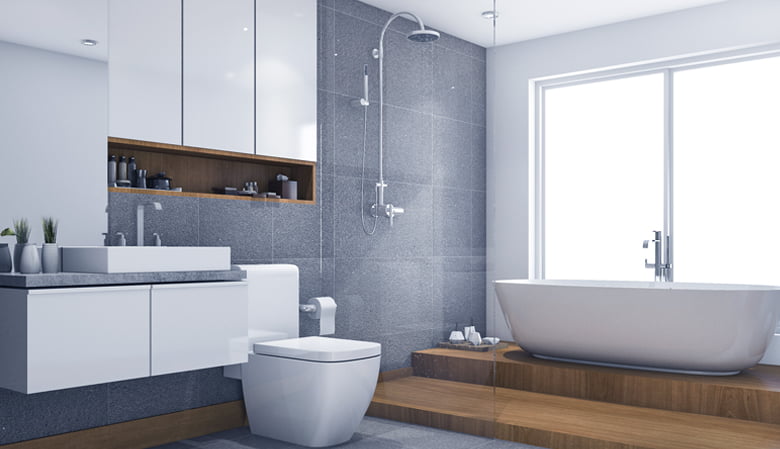
Things can get stuffy fast when your air conditioner won’t turn on in Vancouver. Thankfully, Caspian Mechanical Experts is here to help you stay cool, even when your AC isn’t starting properly. Here are eight typical reasons why your air conditioner won’t turn on and how to fix them.
1) Check the Thermostat
The easiest explanation for your AC not turning on is a thermostat problem. Check to ensure your thermostat is on, set to “cool,” and that the temperature is set to a few degrees cooler than the normal ambient temperature of your home. You may also need to replace the batteries. If that doesn’t fix the issue, the temperature sensor in the thermostat may be inaccurate. A thermostat that can’t read the set temperature could prevent your air conditioner from turning on. Once you’ve discovered that the thermostat is faulty, it’s time to replace it. If you can’t decide on a thermostat that’s right for your residence, speak with an Expert to help determine the best choice.
2) Check the Air Filter
Your air filter should be changed every 30-60 days at the minimum. You should change them more often depending on the number of pets and people living in your home, plus the local air pollution levels close to your residence. A dirty air filter can impact airflow, causing your air conditioner to freeze and not turn on.
If your air filter looks dirty or you can’t recall the last time you changed it, it’s time to install a new one. If your AC was frozen, wait for it to thaw after changing the filter before turning it back on.
3) Check the Circuit Breaker
Open the electrical panel inside your home and try to see if the circuit breaker connected to your air conditioner is tripped. You can identify if the breaker is tripped if the switch has moved to the “OFF” position. To resolve this issue, simply flip the breaker so that it’s in the “ON” position.
If your AC continues to trip the breaker after fixing this issue, you may have a serious problem and should get in touch with the Experts at Strand Brothers Service Experts to keep it from damaging your home or air conditioner.
4) Check the Indoor Shutoff Switch
Often mistaken for a light switch, if your AC won’t turn on, the indoor shutoff switch might have been flipped unintentionally. These switches are typically placed near your furnace, in a closet, crawl space or attic. Once you find the shutoff switch, confirm it’s in the “OFF” position. If so, you’ll need to turn it back on. It’s always a good idea to label this switch to prevent anyone from mistakenly turning it off.
5) Check the Outdoor Shutoff Switch
If you or someone else has recently worked on your air conditioner, they may have turned off the external shutoff switch as a safety precaution. First, find the external shutoff switch, which should be near your AC unit. If the switch is in the “OFF” position, simply flip it to allow your air conditioner to turn on.
6) Identify the AC’s Reset Button
When your air conditioner won’t turn on, it may simply need to be reset. Not all ACs have a reset button, so first determine if your unit does. If you can find the reset button, push it before attempting to turn your AC on again. If you can’t locate the reset button, manually reset your air conditioner by turning your thermostat off for five to 10 minutes before turning it back on again.
7) Inspect the AC for Ice Buildup
Look over the air conditioner for any icy buildup either on or inside the unit. If you discover ice on your machine, you need to wait for it to melt before trying to start the unit or you risk damaging the AC. Though there are various reasons you may see ice on your air conditioner, it’s always best to call Strand Brothers Service Experts for a consultation to keep further damage from occurring.
8) Ensure the Condensate Drain Isn’t Clogged
If you don’t come across the ice on the air conditioner, the condensate drain may be backed up. When clogged, your AC won’t turn on as a safety precaution. To resolve the issue, unclog the drain line with suction from a wet/dry vac. Test that you’ve fixed the blockage by pouring a small amount of clear water and watching it flow out. For severe clogs, it may be best to call the Experts.


| M | T | W | T | F | S | S |
|---|---|---|---|---|---|---|
| 1 | 2 | 3 | 4 | |||
| 5 | 6 | 7 | 8 | 9 | 10 | 11 |
| 12 | 13 | 14 | 15 | 16 | 17 | 18 |
| 19 | 20 | 21 | 22 | 23 | 24 | 25 |
| 26 | 27 | 28 | 29 | 30 | 31 | |

